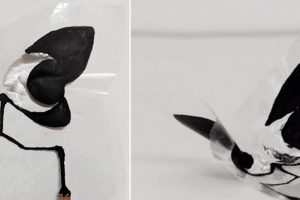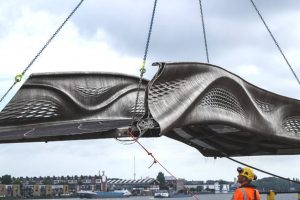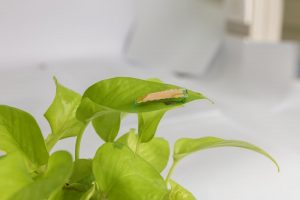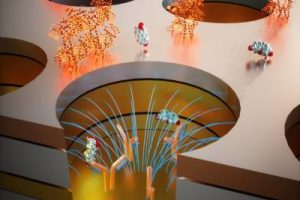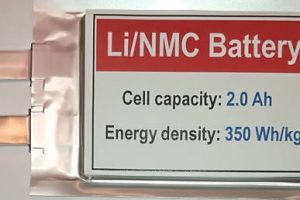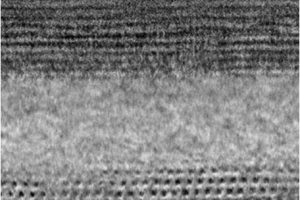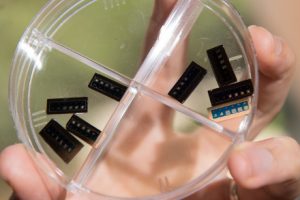Electro-hydraulic motion, the mechanism behind the Venus fly trap’s ability to catch insects, could power soft robots, according to the University of Colorado Boulder. “Usually, books about butterflies are static,” said project leader Purnendu. “But could you have a butterfly flap its wings within a book? We’ve shown that it’s possible.” In the Colorado Electro-hydraulic device, branded ‘Electriflow’, its actuators ...
Research
The latest electronics research news from within the industry and universities from around the world.
Concentrated solar power and desalination combined
A 2MW combined solar power and desalination plant is to be built by the European and Gulf researchers and companies. It is part of a project called ‘Desolination’, intended to improve the efficiency of both concentrator solar power and desalination. “Not only will improvement be made on the independent systems but also on their coupling taking advantage of the mutual interactions ...
First 3D printed footbridge is filled with sensors
The world’s first 3D-printed footbridge, unveiled today, is a living laboratory – filled with sensors that will be used to train a ‘digital twin’ model. The 12m long bridge was developed by Imperial College and The Alan Turing Institute, built by Dutch company MX3D, and is installed in Amsterdam’s city centre. The whole process took four years. Construction is from stainless ...
Scurrying micro-bot steers by electrostatic grip
Inspired by the way certain insects grip surfaces, Engineers at the University of California, Berkeley have added electrostatic adhesion to the feet of their insect-scale robot. In 2019, the team demonstrated an externally-powered layered piezoelectric flexing cockroach-sized mini-machine that could scurry forwards at 20 body lengths per second (~1.5mph). Part of its secret is that it is driven at its resonant ...
Nano-wells could detect cortisol at the bedside
The stress hormone cortisol could be detected accurately by a straightforward bedside test, according to researchers at Rutgers University. They are using an electrode coated in an antibody that binds with cortisol to do the detection, and needed the counter electrode to be really close to keep sensitivity high and noise low. At a few microns apart, interdigitated fingers were ...
Lithium metal pouch cell reaches 600 cycles
Lithium-metal batteries can last for 600 cycles, according to the US Department of Energy’s Pacific Northwest National Laboratory. “It’s a big step forward for a promising technology, but lithium-metal technology is not yet ready for prime time. While the lithium-ion batteries used in electric vehicles today hold less energy, they last longer, typically at least 1,000 cycles,” according to the lab. ...
Boron arsenide spreads heat better than diamond
UCLA engineers have monolithically integrated a boron arsenide heat spreader into a GaN HEMT logic chip to improve cooling. At the same time they built similar chips with diamond and silicon carbide heat spreaders. The diamond and SiC circuits had hotspots at around 137°C and 167°C respectively, according to the university, while those in the BAs-cooled chip reached only 87°C. “These ...
ReRAM integrated with an OTS selector
Weebit Nano claims to have created the industry’s first commercial integration of an oxide-based ReRAM (OxRAM) cell with an ovonic threshold switching (OTS) selector, a critical step in the company’s commercialisation path for the discrete memory market. This is a significant step towards broadening Weebit’s target market beyond embedded non-volatile memory to include discrete memory technology, and will enable the implementation ...
Memory protection instructions defend against hackers
Engineers at Columbia University are defending memory against hackers by adding defensive commands to processor instruction sets. “Memory safety has been a problem for nearly 40 years and numerous solutions have been proposed, according to Columbia computer scientist Simha Sethumadhavan. “We believe that memory safety continues to be a problem because it does not distribute the burden in a fair manner ...
Structure thins silicon capacitors to < 40µm
Murata has announced a new generation silicon capacitor process which builds devices less than 40µm thick and up to 1.3µF/mm2. Made using semiconductor lithography techniques, the capacitors are intended for high-end applications such as in-package power supply decoupling for mobiles and high-performance computing. The main change in the process is a different 3D structure with larger electrode area, plus another ...
 Electronics Weekly Electronics Design & Components Tech News
Electronics Weekly Electronics Design & Components Tech News
